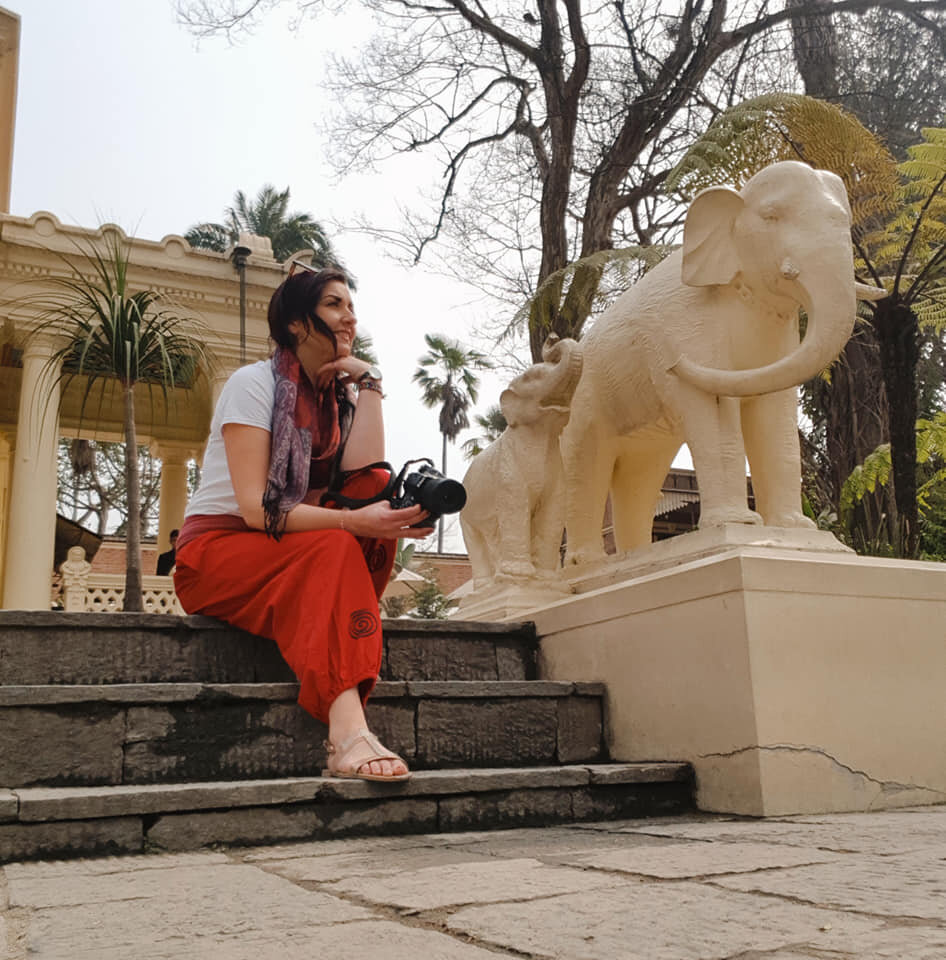From Santiago - Finistere & "The End Of The World"
Travel Blog – Finistere
From Santiago - Finistere & "The End Of The World"
After completed the Camino de Santiago, we took a little break.
Rather than rushing on home and jumping on the next plane back to Dublin we decided to take the weekend to relax, enjoy the enormity of Santiago and plan a little day trip!
Like many others, Finistere was the natural choice, even though we did decide to give our feet a break and bus it! Who couldn’t resist going to the “End of the World”?
We book an organised a trip with a local tour provider which was the most reasonable we found, and headed off. The tour brought us on a beautiful coastal route along Costa de Morte, visiting the cape Finisterre, through the villages Muros and Muxia, and of course stopping off at the Ezaro waterfall. The Galician countryside gave us plenty to gaze at, and as a travel photographer, I was in my element! Unfortunately my Achilles tendon decide to stop working halfway through the trip (oh those Camino hills) so I had to sit out some of the day, but it gave me a perfect opportunity to start my blog! (Check out my Instagram highlights!)
Historically, pilgrims would continue on to Finistere once landing at Santiago, to reach the “End of he world” where they would burn their cloaks and retrieve a shell from the waterside, - hence the scallop insignia we see today.
I have never witnessed such violent waves crashing against the coast-line as I observed at Costa De Morte “Coast of Death”, - as out tour guide explained to us, - “never turn your back to the ocean”. You are not permitted to swim or sail in these waters due to the savage amount of human death and shipwrecks over the years, and it was plain why. It was like something only the Gods themselves could muster. On a calm sunny day…these waves thundered against the rocks like in the height of a typhoon. It was monstrous, but hypnotizing almost.
Excerpt from https://followthecamino.com/blog/history-of-the-apostle-saint-james/
“St James the Greater was one of the disciples of Jesus Christ, and actually thought to be the cousin of Jesus himself, by the sister of the Virgin Mary, and the brother of St Jude Thaddeus. He worked as a fisherman with his brother John, his father Zebedee and his partner Simon. John and James were followers of John the Baptist and later, Jesus.
James, along with his brother John, left his life as a fisherman when Jesus called him to be a “fisher of men”. He followed Jesus as one of his disciples until Jesus was crucified by the Romans.
Following the crucifixion of Jesus Christ, he made a pilgrimage to the Iberian Peninsula to spread the word of Jesus and when he returned to Judea, he was beheaded by King Herod Agrippa I in the year 44AD. This is detailed in the Bible in Acts 12 of the New Testament. “King Herod extended his hands to harm certain ones from the church. 2 He killed James the brother of John with the sword. 3 Seeing that it pleased the Jews, he proceeded further to arrest Peter also.” (Act 12 Modern English Version).
The remains, or relics, of St James the Greater were then transported by his followers to the Iberian Peninsula (today’s Galicia in Spain) and are said to be buried in Santiago de Compostela, which is why St James the Greater is the patron saint of Spain. “
________________________________________________________________________________________
The Ezaro waterfall is the only only river in continental Europe that empties into the sea via a waterfall. This magnificent waterfall loomed over a small fishing bay of glorious view. I could have sat their all day watching the fishermen prepare for their days work, - thinking… “how nice it would be just live on a little boat….escape it all!”
I photographed every corner of that area before we were shipped on off to the next stop of the day, but it was definitely my favourite place!
When we made it to the infamous O.Okm marker of the Camino De Santiago at Finistere, it was a strange feeling. You could feel the history, and the millions who had passed before you as a right of passage to look out onto the enormous Atlantic ocean.
You could nearly imagine pilgrims of times past, ritually burning their worn cloaks and receiving a feeling of rebirth and rejuvenation, before making their return trip through the Galician countryside.
It was definitely worth the trip, and the good weather definitely helped! It felt like we finished the trip on a high that was really made by standing beside that O.Okm sign, and letting out a little *sigh*
Keep following, and don’t be afraid to get in touch or leave a comment below!
Follow my social media channels for more!
S
x







